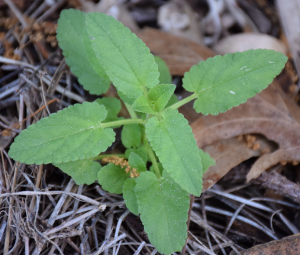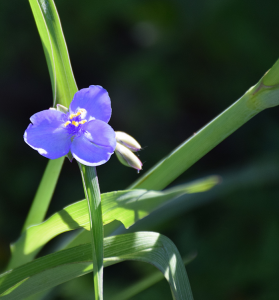Is the plant you’re getting rid of a weed or an edible? It’s possible that some of the weeds you are pulling could be incorporated into your next meal.
Before you think about using weeds as food, there are a few ground rules.
- Before you eat any plant, know what it is and do your research first. A notable quote, “All plants are edible, once!” Meaning if you eat the wrong plant, it could be your last meal.
- Know the areas you are harvesting from. Have the plants been treated with pesticides, or could they be contaminated by chemical runoff?
- Introduce new plants into your diet in moderation to make sure there are no side effects.
- Harvest plants when they are young because some will not be as tasty as they age.
- Wash plants before consuming just like you prepare other vegetable items.
One of the oldest foraged foods on the planet is dandelion, Taraxacum offinale. The green leaves, flowers and tuberous root are all edible. Sauté dandelion greens just like you prepare spinach or use fresh in salads.
Another plant that almost everyone has sprouting up in landscape beds is Asiatic hawskbeard, Youngia japonica. This annual weed has a rosette of leaves at ground level with multiple yellow flowers at the tip of a stalk. Try including the leaves in your next salad or stew to add a spicy flavor.

Florida betony, Stachys floridana, is a perennial that emerges during the cooler months each year and the entire plant is edible raw or cooked. Underground tubers resemble the tip of a rattlesnake tail and have a crunchy taste and mild flavor, similar to water chestnuts. Try eating the tubers in your salad in place of radish or include in your next stir fry.
Purslane, Portulaca oleracea, is another weed that has proven to be incredibly nutritious, and is already a popular food in Europe, Asia and the Mediterranean area. Try using the fleshy leaves and stem tips from young succulent plants in your next salad.
Who doesn’t have dollarweed, Hydrocotyle spp., in their landscape beds? Both leaves and flowers are edible and are high in vitamin E. Select the smaller leaves because the larger ones develop a bitter taste.

Virginia spiderwort, Tradescantia virginiana, is a hardy native wildflower to some and a hard-to-control weed to others. All plant parts are edible but the most used parts are the leaves and flowers. Leaves can be used in salads, in soups or for teas while flowers can be candied or used in salads.
For more information on this topic on foraging, click here.
 2
2
